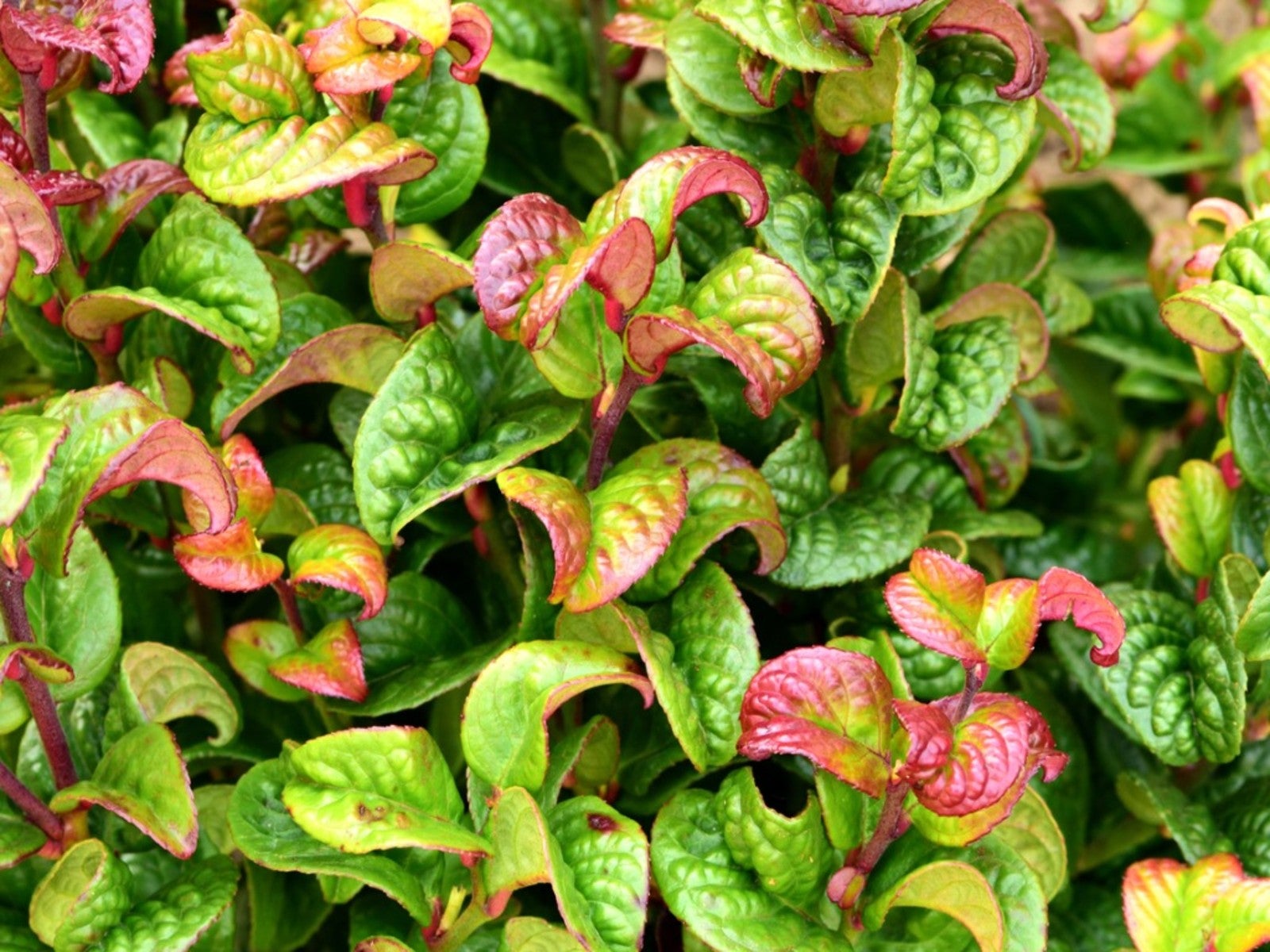What Is Coastal Leucothoe – Growing Coastal Dog Hobble Plants


Reaching two to four feet (0.6 to 1.2 m.) in height in most areas, Coastal leucothoe plants grow in soil that is moist and acidic. They’re found in places such as swamps and nutrient deficient pocosins (raised bogs). This attractive shrub is just one of a family of North American natives that are not difficult to grow and remain consistently beautiful. Also called Coastal Dog Hobble, it is native to Virginia and areas southeast through Florida and Louisiana.
What is Coastal Leucothoe?
This is a small, easy maintenance bush that has a few specific requirements for optimum growth and development. Glossy, alternate leaves are toothed with sometimes serrated margins. Clusters of white, bell shaped blooms sprout in axillary racemes from leaf axles in spring. These are not showy.
This weeping evergreen bush grows in a variety of Hardiness Zones and conditions. It can take the cold as far north as Zone 5, but will flourish when it’s afforded cold weather protection from wind and provided with a substantial layer of mulch in winter.
This plant must have acidic soil and shady conditions to perform best. While a small shrub that reaches no more than four feet (1.2 m.) in height, it can spread to six feet (1.8 m.) across. Foliage may bronze in colder temperatures, an attractive autumn feature. In some areas the dark green foliage becomes purple-green color during this time.
Foliage and flowers grow on arching, multi-stemmed branches, starting off as a green color that turns yellow-green, then gray to brown at maturity. Stems may be reddish at petiole bases; fruit grows as a globular, 5-lobed capsule, that appears from September to October.
Location and Care of Dog Hobble Leucothoe
Also called Fetterbush or Dog-hobble, Coastal leucothoe’s tolerance of wet roots makes this plant useful for stabilizing wet banks or as a pond plant. It can grow well in average moisture, as well, but won’t tolerate drought. Soil should be sandy, organic and well-draining in addition to being moist and acidic.
Use it as part of a shrub border, with other bushes that prefer moist soil and shade, such as rhododendron and camellia. Grow them as a focal point in a shaded garden bed or naturalize them throughout a moist, wooded area on your property.
Sign up for the Gardening Know How newsletter today and receive a free copy of our e-book "How to Grow Delicious Tomatoes".
Note: Locate the plant carefully, as all parts of it are poisonous.
Plant Coastal leucothoe where good air movement is available in limited morning sun to avoid leaf spot. If leaf spot occurs, it can take over the entire leaf and spoil the plant’s appearance. Avoid this by planting it in well-draining soil in wet areas. Remove one-third of the mature plant to rejuvenate its appearance if needed.

Becca Badgett was a regular contributor to Gardening Know How for ten years. Co-author of the book How to Grow an EMERGENCY Garden, Becca specializes in succulent and cactus gardening.